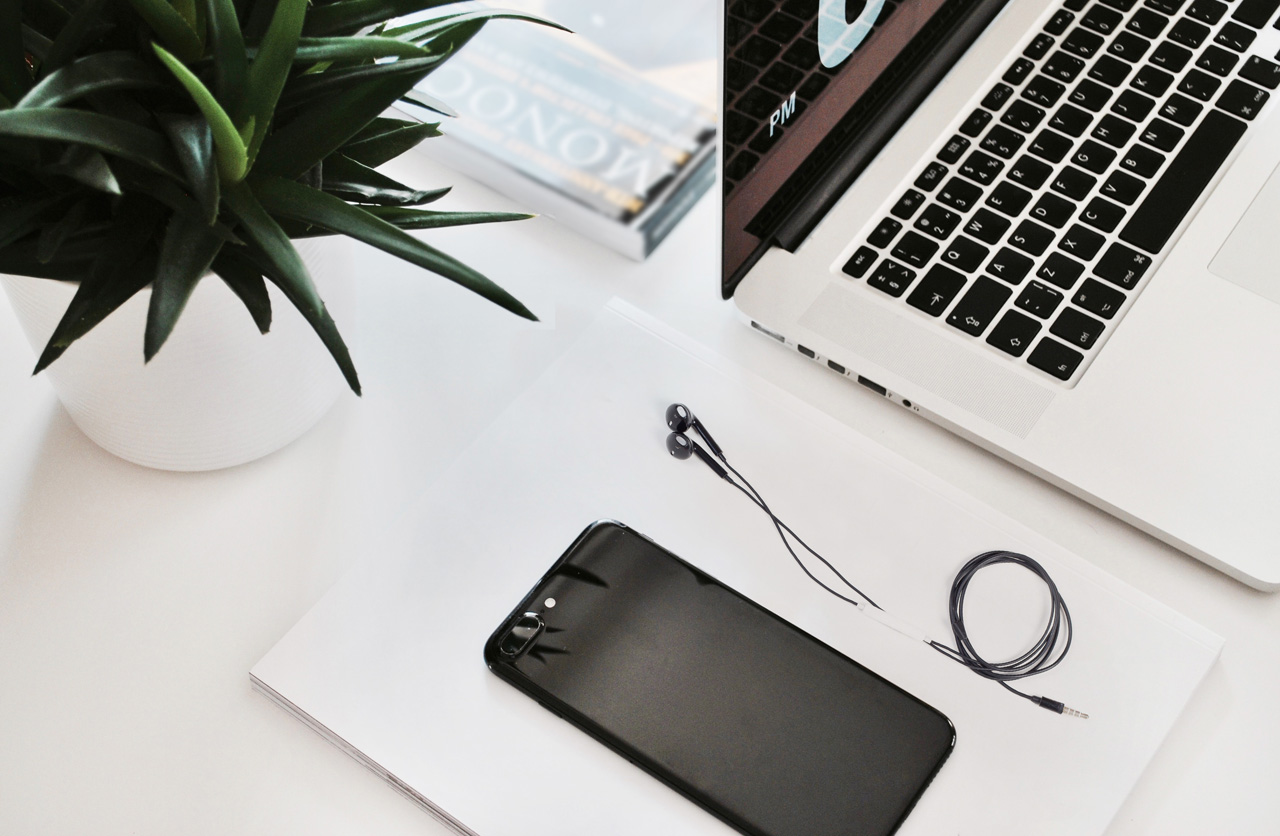
Your Guide to Clinical Exercise Classes by Physiotherapists versus Exercise Physiologists at RedoHealth
Have you heard about the mystical Chinese art of Qigong? If you have, I still believe that Qigong may remain something of a mystery to

In 2020 the work environment continues to evolve with more and more people working from home and if they do work in an office, “hot-desking” is becoming the norm.
As a physiotherapist many of my clients are in these working situations and when dealing with persistent neck or back pain having a good desk set-up can make all the difference.
Just like a good pillow or mattress can make for an amazing sleep experience or how a decent pair of shoes can make walking or running that much more enjoyable, the right desk set-up can allow for laser-like focus and high productivity.
Imagine this. And maybe you can relate?
If you were to experience any one of these symptoms, or all of them, do you think work at a desk would be an enjoyable experience?
Do you think you’d be able to get your work done?
Day after day of trying to work, but in constant pain?
It would be frustrating wouldn’t it?
Maybe you would manage for awhile, but it would quickly become a hard slog! Not only would be in physical pain, your mood and outlook may also deteriorate.
Before moving onto to specific tips to set up your desk I think it is important to address one of the most common questions I get asked a Physio, “Should I sit or should I stand?”
The truth is too much of either is probably not great for your body.
The body was designed to move, so I would always recommend changing it up.
There has been a lot of talk about sitting being the new smoking due to the health risks of prolonged sitting.
Purported health risks of prolonged sitting include increased risk of:
The current thinking is that when sitting for a prolonged period, your largest muscles are more relaxed, needing less glucose, those increasing blood glucose levels. Prolonged sitting can also stiffen and weaken your muscles, which may lead to increased pain.
But what about standing in one spot all day with little change in position – surely that can’t be that great either?
Standing in one position for a prolonged period may potentially lead to swelling in your lower extremities (feet, ankles), leg pain and back pain.
All that being said, many research studies have demonstrated that working at a standing desk increases focus and enhances work productivity.
From my experience, it all depends on the individual. Some may tolerate more time standing, and some sitting. This will be largely impacted by the strategies they use to sit or stand.
If you can sit poorly, you can surely stand poorly. So when it comes to the best posture, it’s always your next posture – move!
As a Physiotherapist my key recommendation would be to mix it up.
Key Questions to Consider about your desk and chair set-up:
Have a specific question about setting up your desk so that you are more comfortable working? Let’s start a conversation.

Have you heard about the mystical Chinese art of Qigong? If you have, I still believe that Qigong may remain something of a mystery to

Have you heard about the mystical Chinese art of Qigong? If you have, I still believe that Qigong may remain something of a mystery to

Have you heard about the mystical Chinese art of Qigong? If you have, I still believe that Qigong may remain something of a mystery to